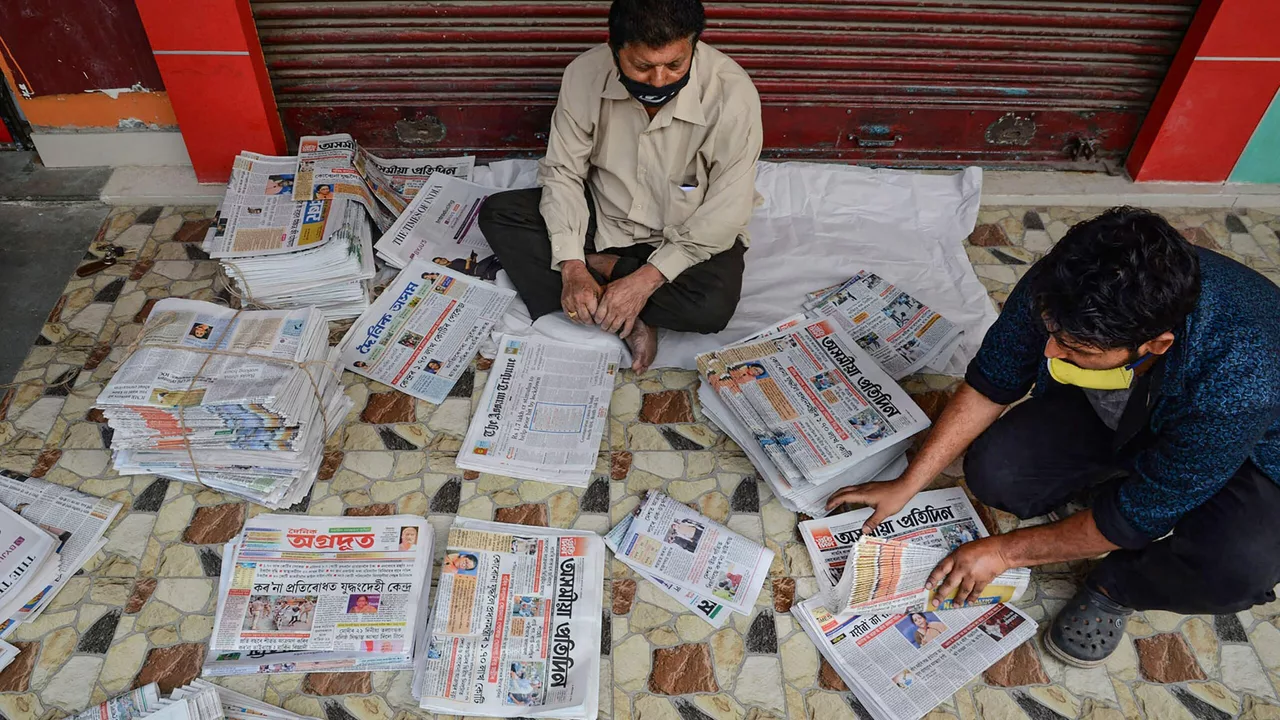Media Ownership in India: Who Controls the News?
Ever wonder why some news stories feel a certain way? The answer often begins with who owns the channel or website. In India, a handful of big players own a large chunk of the media space, and that ownership influences what gets aired, how it’s framed, and which voices get heard.
Understanding media ownership helps you spot bias, ask better questions, and get a clearer picture of the real story. Below we break down the main owners, why their influence matters, and what you can do to stay informed.
Big Players Behind the Headlines
Most Indian news viewers tune into a few familiar names: Zee Media, Times Group, Network18, and the state-owned Doordarshan (DD). Each group runs multiple channels, from English‑language networks like WION to regional stations that dominate local markets.
Take WION, for example. It’s owned by Zee Media Corporation, which also runs Zee TV, Zee News, and several digital platforms. This vertical integration means the same editorial policies can ripple across all its outlets. When Zee leans toward a particular political stance, you’ll notice similar tones on both its English and Hindi channels.
On the other side, Network18 owns CNBC‑TV18, Moneycontrol, and the popular English news channel CNN‑News18. Their focus on business and urban audiences shapes the kind of stories they prioritize, often highlighting economic growth narratives while downplaying grassroots concerns.
Why Ownership Matters for You
When a single company controls many outlets, it can set the agenda. That doesn’t mean every story is fake, but it does mean certain topics get more airtime, and others are brushed aside. For instance, state‑run DD News still attracts viewers in rural areas because it offers neutral, less sensational coverage. Yet, younger audiences gravitate toward private channels that push faster, more dramatic reporting.
Ownership also affects ad revenue and influence. A channel backed by a large conglomerate can afford high‑profile anchors, better production, and wider distribution. That financial muscle can translate into greater reach and more sway over public opinion.
Knowing the owners lets you cross‑check information. If you see a story about a policy change on a Zee channel, glance at a Network18 outlet for a different take. A balanced view emerges when you compare multiple sources with varied ownership.
Here are three quick tips to keep your news diet healthy:
- Check the masthead or “About Us” page to see who runs the outlet.
- Follow at least one state‑owned source, like DD News, for a more neutral baseline.
- Mix in independent digital platforms and regional newspapers that aren’t part of the big media houses.
By staying aware of who owns the media you consume, you’ll spot patterns, avoid echo chambers, and get closer to the truth. The next time you watch a headline, ask yourself: Who’s behind this story? The answer might just change how you see the world.
